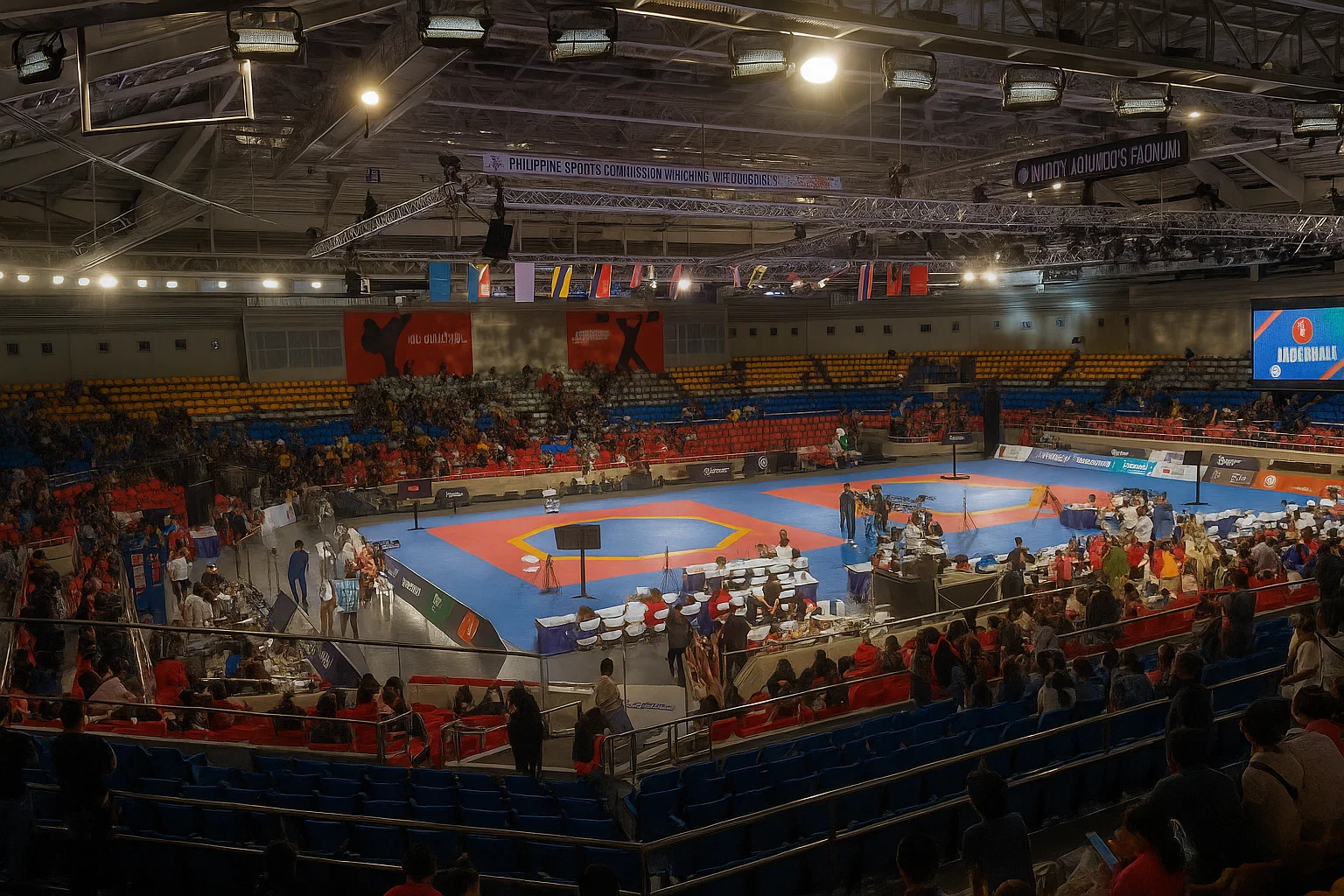Soccer—it’s more than just 90 minutes of running, kicking, and cheering. Sure, you’ve probably heard people say it’s “just a field and a ball,” but there’s a lot more behind the scenes… or rather, beneath your feet. Whether it’s the grand stage of the World Cup or a Sunday league match in your neighborhood, the quality and structure of the soccer field subtly shape every pass, tackle, and goal.
So before you lace up your cleats or scream at the ref, let’s take a moment to appreciate the unsung hero of the game—the soccer field.
Not Just Grass: The Playing Surface
Alright, first things first—the ground you’re playing on has to be just right.
Natural Grass
This is the classic stuff. It’s soft, forgiving, and gives those romantic green vibes you see in big tournaments. But here’s the catch—it’s high maintenance. We’re talking regular mowing, watering, pest control—you name it. Groundskeepers are like the silent guardians of the game.
Artificial Turf
Don’t feel like babysitting a lawn? Enter artificial turf. Made from synthetic fibers, it’s designed to last longer and deal with extreme weather. Great for durability but keep in mind—it’s a bit tougher on the knees and can heat up under the sun like a stovetop!
📏 Field dimensions? For pro-level football, it’s typically 100–110 meters long and 64–75 meters wide. Smaller local pitches can vary, but the rectangular shape is always a must.
Lining Things Up: Markings That Matter
Ever wondered what all those white lines on the field are for? They’re not just for show—they dictate how the game is played.
- ⚪ Halfway Line: Splits the field into two halves.
- ⚪ Center Circle: Where the game kicks off and restarts after goals.
- 🟥 Penalty Area: The goalkeeper’s domain and the penalty shot hotspot.
- 🟦 Goal Area: For goal kicks and keeper-related mayhem.
- ⚽ Corner Arcs: Those quarter-circles for (you guessed it) corner kicks.
- 📏 Touchlines and Goal Lines: Outline the entire play zone.
Every line is painted with precision—about 12 cm wide—and must be crystal clear for accurate calls and smooth gameplay.
The Big Targets: Goals & Nets
Let’s talk about the stars of the show—the goals. It’s where all the drama happens.
Each goal frame is 7.32 meters wide and 2.44 meters high, framed by two vertical posts and a crossbar. The net? Not just for catching balls—it’s what confirms that sweet, satisfying GOAL! Plus, the whole structure needs to be anchored solidly so it won’t tip over when the striker puts one in with power.
Corners That Count: Flagposts
They might look small and insignificant, but those corner flags play a serious role.
Each corner of the pitch gets a flagpost, at least 1.5 meters tall, with no sharp edges—safety first, always. They help players with positioning during corner kicks and also show whether the ball has gone out of play.
Fun fact: you can’t remove or lean on the flag during play. It’s in the rules!
Sideline Strategy: Tech Areas & Benches
Where do the real-time game plans and dramatic sideline gestures happen? The technical area.
Marked alongside the pitch, this is the zone where coaches bark orders and substitutes get ready to make their entrance. Each team has its bench or dugout—think of it as the basecamp for tactical decisions, water bottles, and emotional roller coasters.
Coaches are allowed to roam their designated area—but step out without the ref’s OK, and you could be watching the rest of the game from the stands!
Night Games? Time to Light Up
Not all matches bask in the sunlight. For evening or night fixtures, stadium lighting makes all the difference.
It’s not just about visibility—it’s about preventing shadows that can mess with players’ depth perception. Quality lighting ensures fairness and keeps the game flowing regardless of the time.
And let’s not forget the scoreboard—a must-have for tracking the score, game time, and maybe even a cheeky stat or two about your favorite player.
Beyond the Pitch: Facilities That Elevate the Experience
While technically optional, these additions take the matchday experience from good to great:
- 🪑 Comfortable seating for fans to cheer their hearts out.
- 🚿 Changing rooms so players can prep and recover like pros.
- 🚻 Bathrooms and hydration stations—vital for players and fans alike.
- 🔒 Protective fencing or barriers to keep players safe and spectators focused.
Why All the Fuss?
You might be thinking—why does every tiny detail matter so much?
Because soccer is a game of inches, of rhythm, of precision. Without the right field setup, even the most talented players can’t perform at their best. The field keeps the game fair, fun, and safe for everyone involved—from the ball boy to the goalkeeper.
So next time you’re watching a match or stepping onto the field, take a second to appreciate the geometry, the prep work, and the sheer love poured into that space. Because every goal, every save, and every victory starts from the ground up.
Whether you’re in a giant stadium or kicking around at your local park, the foundation of a great soccer match is always the same: a field that’s ready for anything the game throws at it. ⚽
